The banks of the Danube provide the perfect backdrop for any city stroll, even if a few cars might spoil the view now and then.
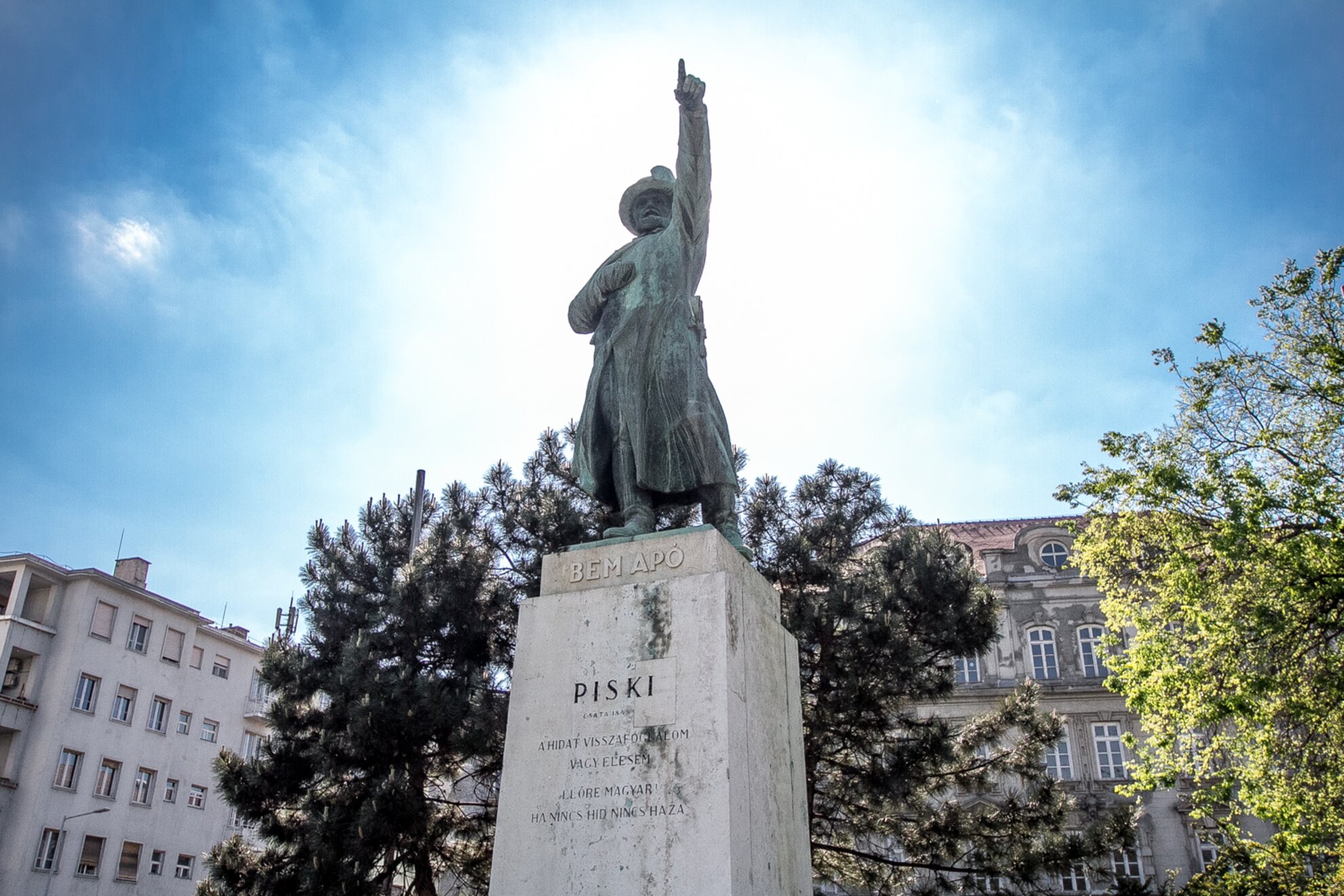
Starting in Buda, heading north to south, from the foot of Margaret Bridge, you pass Bem tér, named after a heroic Polish general whose statue stands in the middle. A key figure of the revolution of 1848-49, Józef Bem was only a teenager when he took part in Napoleon’s invasion of Russia in 1812, arriving here nearly 40 years later to lead Hungarian troops against their Austrian overlords. It was around this monument that students gathered at the start of the 1956 Uprising.
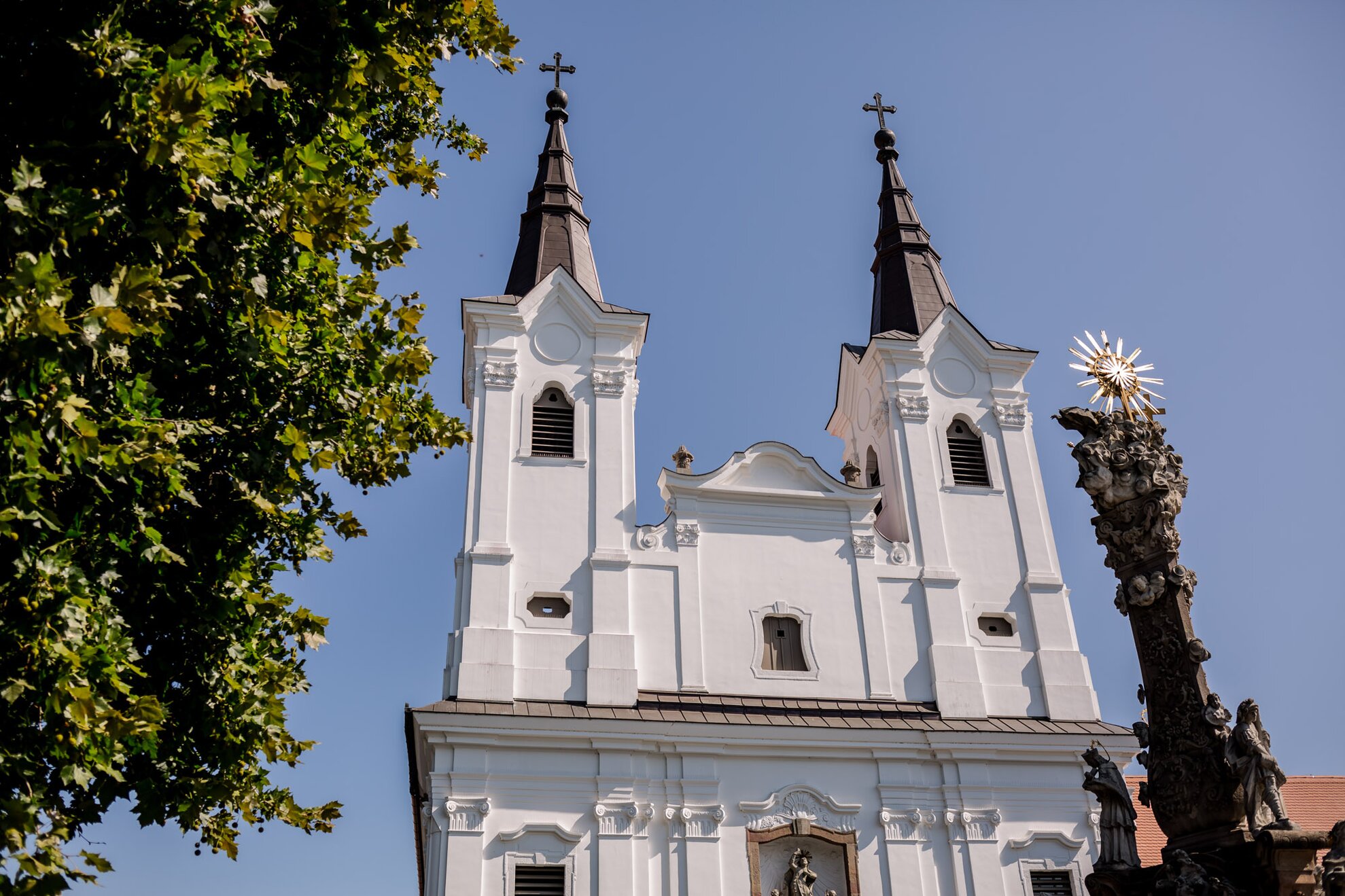
Back along the Danube, Parliament hones into view on the opposite bank as you approach Batthyány tér, with the gorgeous Baroque St Anne’s Church to one side. A few hundred metres further down, the Reformed Church on Szilágyi Dezső tér rises up like a castle. As you pass streets echoing historic activities here – Halász (‘Fishermen’s) utca, Ponty (‘Carp’) utca – the Chain Bridge becomes ever more apparent.
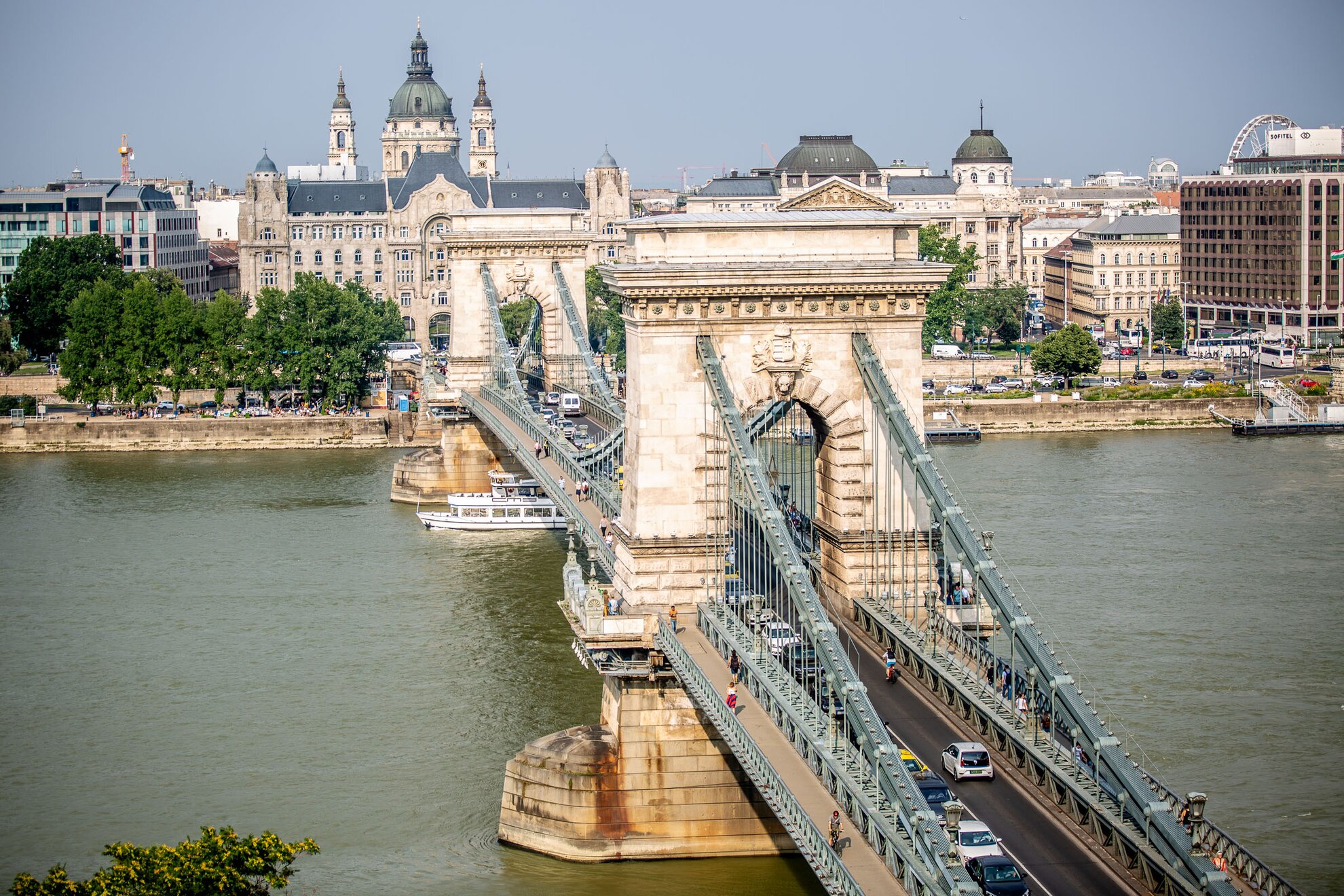
Soon due for major renovation, this iconic landmark was the first permanent crossing linking the then separate cities of Buda and Pest. Destroyed, as all bridges were, during the war, it reopened in 1949, a century to the day after its first unveiling. The Scots engineer who saw the project through to the end, and who also created the Tunnel alongside, Adam Clark, has been honoured with the square alongside being named after him.
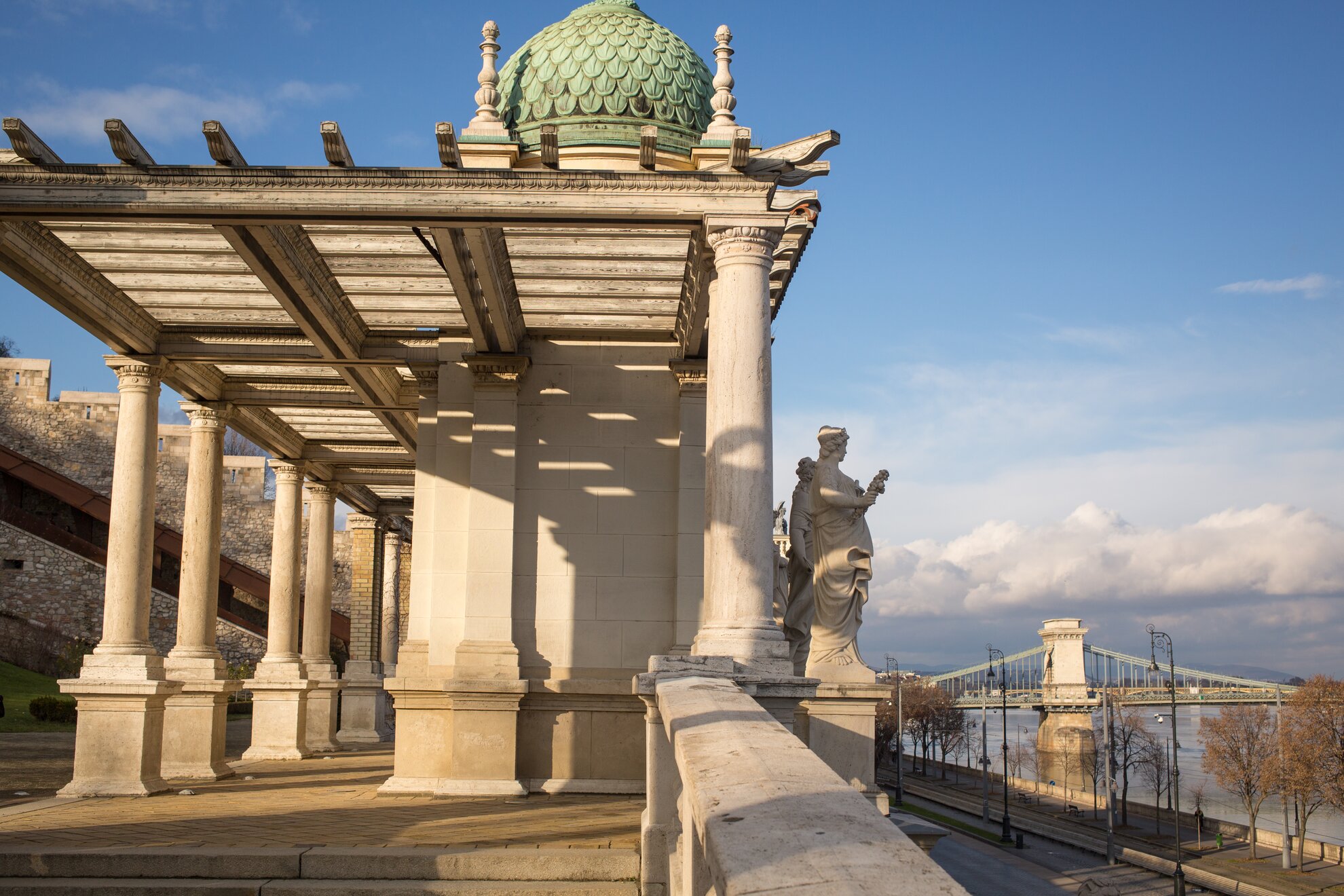
Today, this is actually a roundabout, backdropped by Buda Castle looming above, connected by funicular. Alongside, the Zero Kilometre Stone is the landmark from which all distances are measured from Budapest. Extending in elegant fashion from here, the Várkert Bazár is a complex of gardens and exhibition spaces overlooking the Danube, overhauled in 2013-14 after being neglected for decades.
For a more filmic look at the attractive Buda waterfront within District I, see our video here.

Prefaced by Döbrentei tér, centrepieced by a historic statue of Empress Elisabeth, the next bridge along was named after this Habsburg royal following her assassination in 1898.
Revered by Hungarians as Sissi, the wife of Franz Joseph had lobbied for Hungary to be granted joint autonomy in the years following the 1848-49 Uprising. Her wish was duly granted in 1867 with the creation of the Dual Monarchy.
Elizabeth Bridge is one of several monuments in town to take her name, although this particular iteration, unveiled in 1964, is entirely different in appearance to the one first unveiled in 1903.
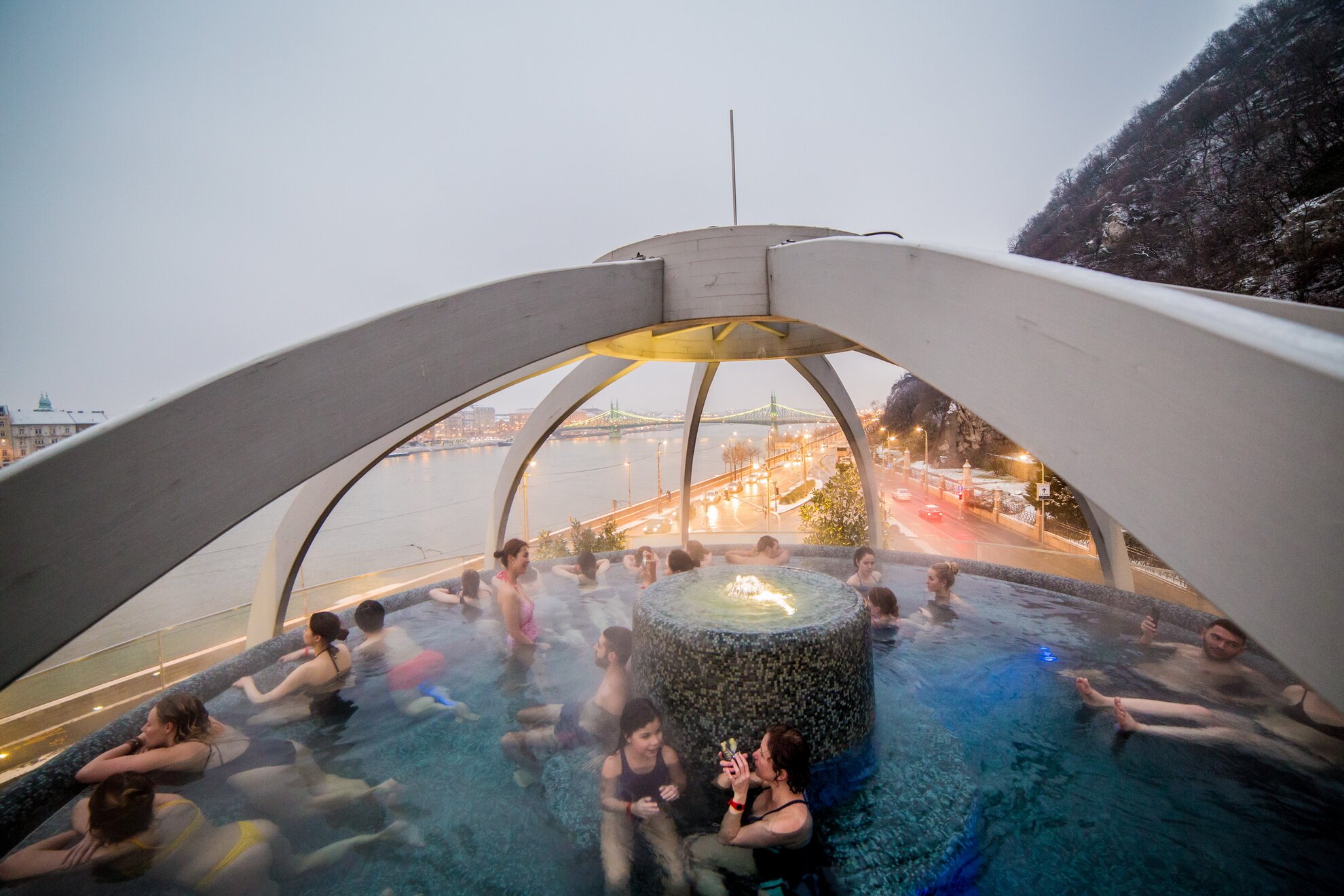
Above, a statue of medieval Venetian Bishop Gellért stands at the gateway to the hill named after him, topped by the Citadella complex and the Statue of Lady Liberty, visible from most points of the city.
The Rudas Baths are among Budapest’s finest, their contemporary renovation preserving their Ottoman heritage while adding a rooftop jacuzzi with a panoramic view over the city.
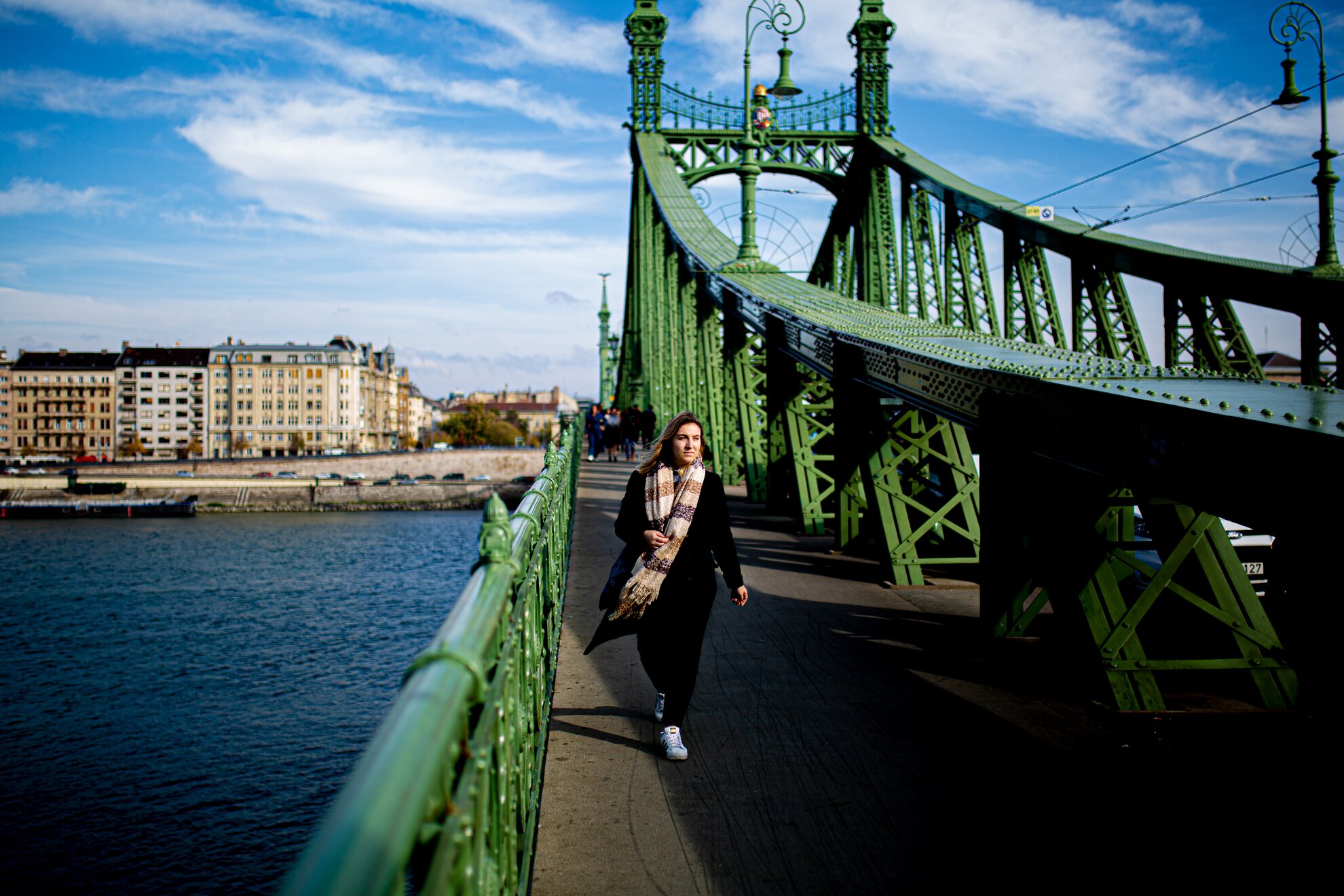
Approaching Gellért tér, with the historic hotel of the same name still displaying its Art-Nouveau finery inside and out, the bottle-green, criss-cross patterned Liberty Bridge provides picturesque access to Pest. This is the scene of alfresco get-togethers on summer weekends, part of an initiative by urban activists Valyo to open up the riverbank for community use.
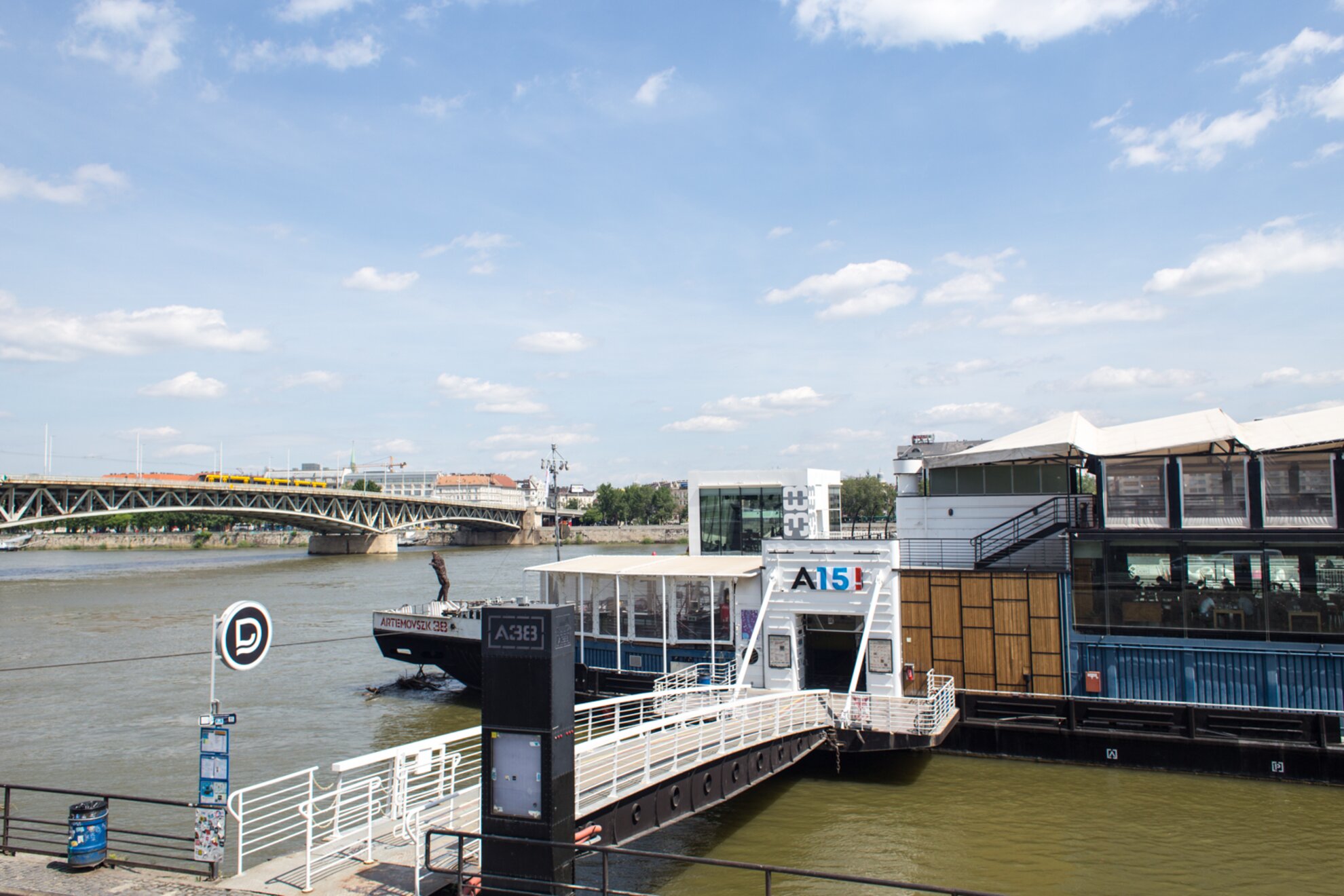
If you venture further south, you pass prosaic Petőfi Bridge then the A38 party boat, Budapest’s major venue for live music, now silent, of course. Beyond beckon Rákóczi Bridge and Kopaszi-gát, a redeveloped section of the Buda waterfront given over to leisure and recreation.



